Imagine adding an extra lane to a highway to cut down on traffic. But, instead, it makes commute times worse. This is the core of the Braess paradox mental model. It shows us how network optimization across complex systems can lead to unexpected results.
When people focus on their own needs without working together, things can go awry. This is true in areas like transportation, power grids, and digital networks. It’s a lesson in how individual actions can affect the bigger picture in ways we don’t expect.
First observed in road networks, this phenomenon reveals a critical truth: adding resources can backfire when people act independently. Like commuters all choosing the “fastest” detour, our isolated decisions create bottlenecks that hurt everyone.
Researchers discovered this pattern applies far beyond traffic – from power grids to social media algorithms.
Consider how online platforms sometimes become less useful as they add features. More options often mean more confusion, not better results. The same principle affects teams introducing new tools or processes – what helps one person might overload the whole group.
Key Takeaways
- Braess paradox mental model: Extra capacity often reduces performance when users don’t coordinate
- Local optimizations frequently create global problems
- Complex systems require holistic thinking beyond quick fixes
- Biological networks and tech infrastructure share similar vulnerabilities
- Effective leaders anticipate ripple effects across entire operations
This counterintuitive framework helps explain why “improvements” sometimes fail spectacularly. By studying how well-meaning changes create systemic friction, we make smarter decisions in work and life.
Let’s explore how to spot these hidden traps – and turn collective challenges into breakthroughs.
Recognizing the Braess Paradox in Social Media and Tech Tools
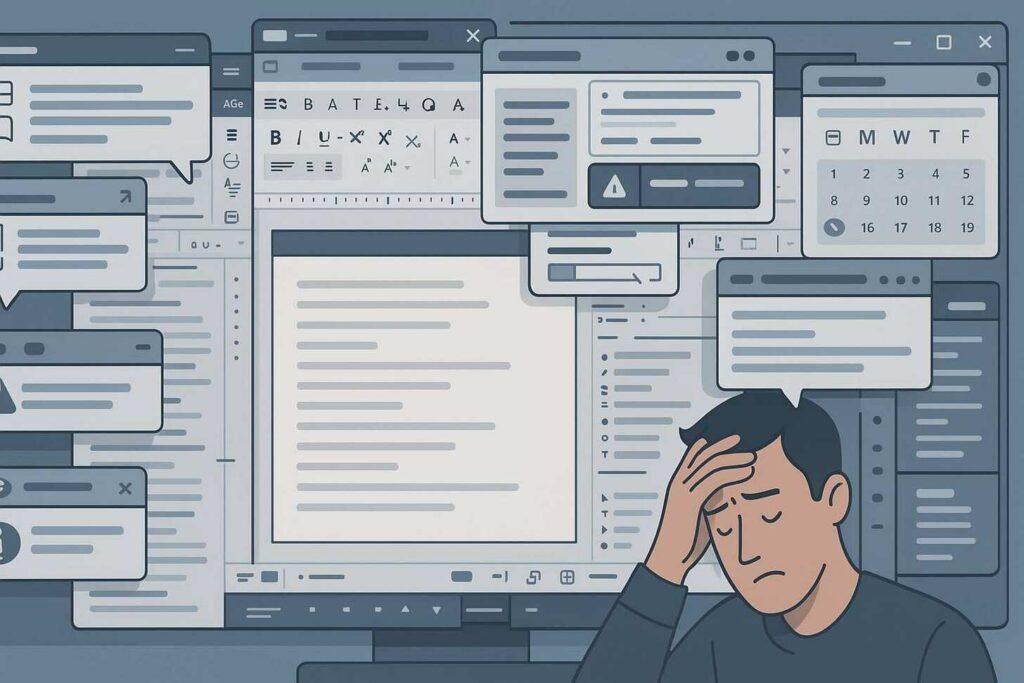
When Facebook or Slack adds new features, it might seem like a good thing. But when everyone personalizes their workflows, things get messy. The tools meant to help can actually slow things down and cause confusion.
This is like the Braess Paradox mental model in real life. More options can actually make things worse. Instead of making things clearer, these features lead to more decisions and upkeep. Research shows that too many features can make users unhappy, dropping satisfaction by 20–35%.
Now, smart leaders are focusing on “strategic restraint”. They’re simplifying things and cutting back on options to make systems work better.
Why “More” Often Means “Worse” in Growing Platforms
Growth teams often focus on adding more features. They want more analytics, chat tools, and customization. But, without coordination, each new feature can cause problems.
Users might choose the easiest path, leading to bottlenecks in shared systems. For instance, when different teams use different calendar apps, things get messy.
Meeting times clash, resources get double-booked, and communication slows down. Instead of adding another syncing tool, it’s smarter to remove one platform. The Braess Paradox mental modelshows us that growth is not always about adding more. Sometimes, it’s about removing what’s unnecessary.
Understanding The Braess Paradox Mental Model
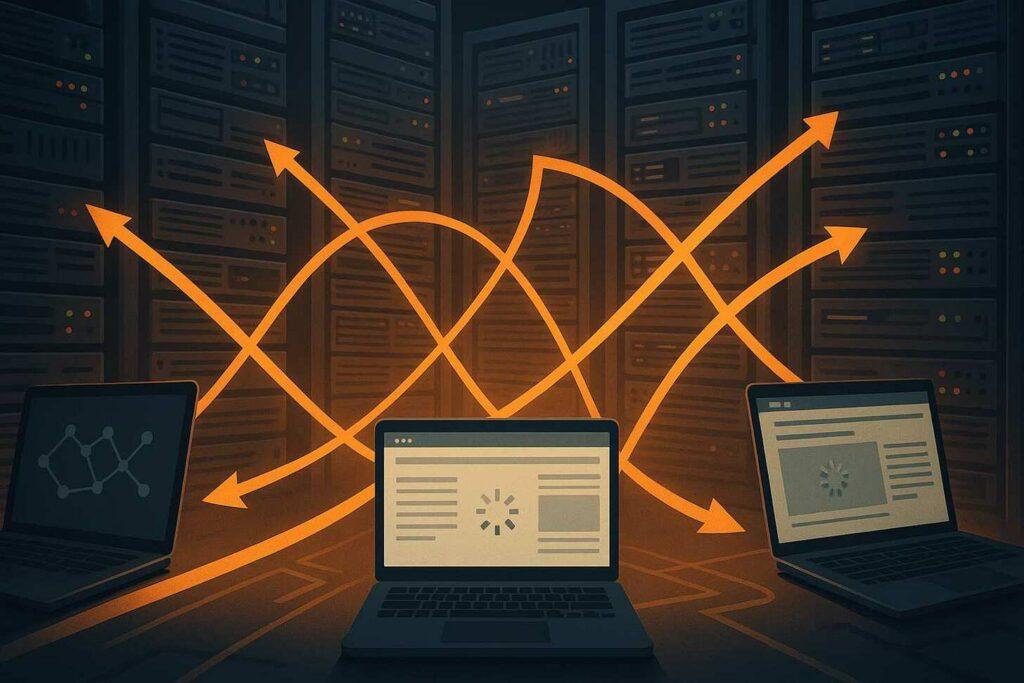
Adding more servers to handle website traffic sometimes leads to slower load times for everyone. This strange twist occurs when each user chooses the quickest path without considering others’ actions.
Like cars flooding a new shortcut until it becomes gridlocked, digital systems crumble under uncoordinated choices. The number of users taking shortcuts can exacerbate this issue, resulting in a chaotic outcome.
Engineers first noticed this pattern in data networks. When users all select the “fastest” route, they unknowingly create bottlenecks.
The system reaches a Nash equilibrium – where no one benefits by changing their strategy alone. But collectively? Everyone loses, leading to a form of price anarchy.
Consider how teams introduce new software to streamline work. What helps one department often creates confusion company-wide. Removing certain tools frequently restores clarity better than adding features.
Cities discovered this truth by closing roads to improve commute times – counter to intuition but proven in practice. The start of this realization has led to more efficient practices.
Three patterns reveal these hidden traps:
- Individual shortcuts overload shared resources
- System-wide flow improves through strategic limitations
- Short-term fixes often ignore long-term ripple effects
Next time you face stubborn inefficiency, ask: Could simplifying options create better results than expanding them? This perspective helps teams build smarter workflows, digital platforms, and transportation plans that serve the whole group.
Historical Background and Discovery
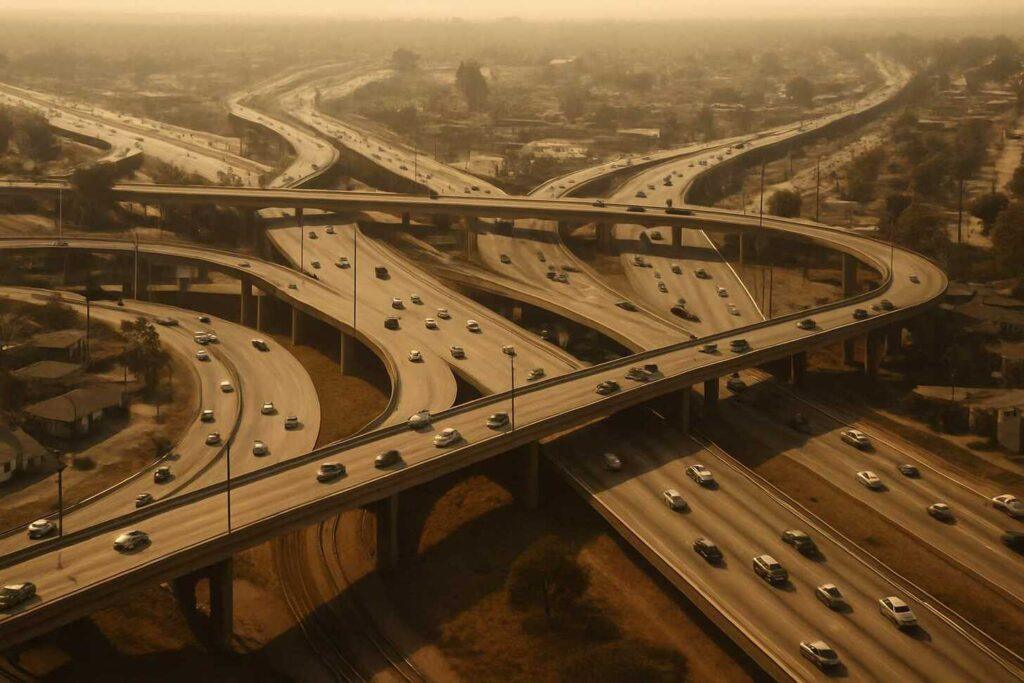
What if solving traffic jams required removing roads instead of building them? This radical idea first surfaced in 1920 when economist Arthur Pigou noticed a strange pattern.
He observed that individual drivers chasing faster routes often created system-wide slowdowns – a discovery buried like hidden treasure for decades, impacting overall travel time and traffic flow.
Early Studies in Traffic Modeling
Pigou’s work gathered dust until the 1960s, when cities faced worsening congestion. Engineers built complex road networks, yet commute times kept rising. Mathematical models revealed a truth that defied logic: more infrastructure sometimes meant less efficiency. Researchers watched simulated drivers flood new routes until entire systems choked.
Dietrich Braess and His Insights
German mathematician Dietrich Braess connected these dots in 1968. While analyzing road systems at Ruhr University, he proved adding pathways could reduce overall flow. His breakthrough came from real-world data – not abstract theory. Cities testing his ideas found closing certain roads improved travel times dramatically.
This delayed recognition teaches two lessons. First, solutions often hide in plain sight – Pigou’s century-old findings still guide modern urban planning. Second, true innovation requires questioning assumptions. When have you overlooked an “obvious” fix because it seemed counterintuitive?
Core Concepts and Key Mechanisms
When everyone follows the GPS-recommended route, why does the entire city get stuck? This everyday mystery reveals two powerful ideas shaping modern systems. Let’s unpack the invisible forces that turn smart choices into collective headaches.
Braess Paradox Mental Model: Selfish Routing and Nash Equilibrium
Picture drivers constantly switching lanes to save seconds. Each change seems logical, but together they create brake lights for miles. Game theorists call this Nash equilibrium – when no one benefits by changing strategy alone. Everyone’s stuck in a pattern that feels unavoidable.
Digital systems face identical traps. Data packets taking the “fastest” path overload routers, slowing entire networks. The prisoner’s dilemma plays out silently: cooperation would help all, but distrust keeps players optimizing for themselves.
Local Optimization vs Global Efficiency
Sales teams chasing individual quotas might overload production lines. Departments adopting different software create integration nightmares. Local wins often become system-wide losses.
Three signs you’re in this trap:
- Repeated fixes create new bottlenecks
- Team metrics clash with company goals
- “Common sense” solutions backfire consistently
What’s the escape? Sometimes removing choices works better than adding them. Coordinated route changes in cities have cut commute times by 25% in trials. Your turn: Where could shared rules beat solo heroics?
Real-World Traffic Examples

What do German highways and Manhattan streets reveal about solving gridlock? Two landmark experiments changed how cities tackle congestion through unexpected methods. Let’s explore how removing infrastructure sometimes outperforms expansion.
Stuttgart, Germany: When a New Road Slows Traffic
In 1969, Stuttgart spent millions adding roads to ease traffic. Instead, travel times increased. Drivers flooded the new routes, creating bottlenecks across the network. City planners made a radical choice – they closed part of the newly built roadway.
The result? Smoother flow citywide. Individual drivers chasing faster paths had overloaded the system. This proved that road networks behave like living organisms – sometimes less capacity creates better movement.
New York City’s 42nd Street Earth Day Case
On April 22, 1990, New York City closed 42nd Street for Earth Day. Experts predicted chaos. Instead, surrounding streets saw congestion drop by 13%. Drivers adjusted routes more efficiently without the “main artery.”
This temporary fix revealed permanent truths. Like water finding new channels, travel times improved when options were limited. The experiment reshaped urban planning – now cities test road removals before expansions.
Both cases teach a vital lesson: Systems thrive when we challenge “obvious” solutions. When have you clung to adding resources instead of streamlining?
Simulations and Mathematical Evidence
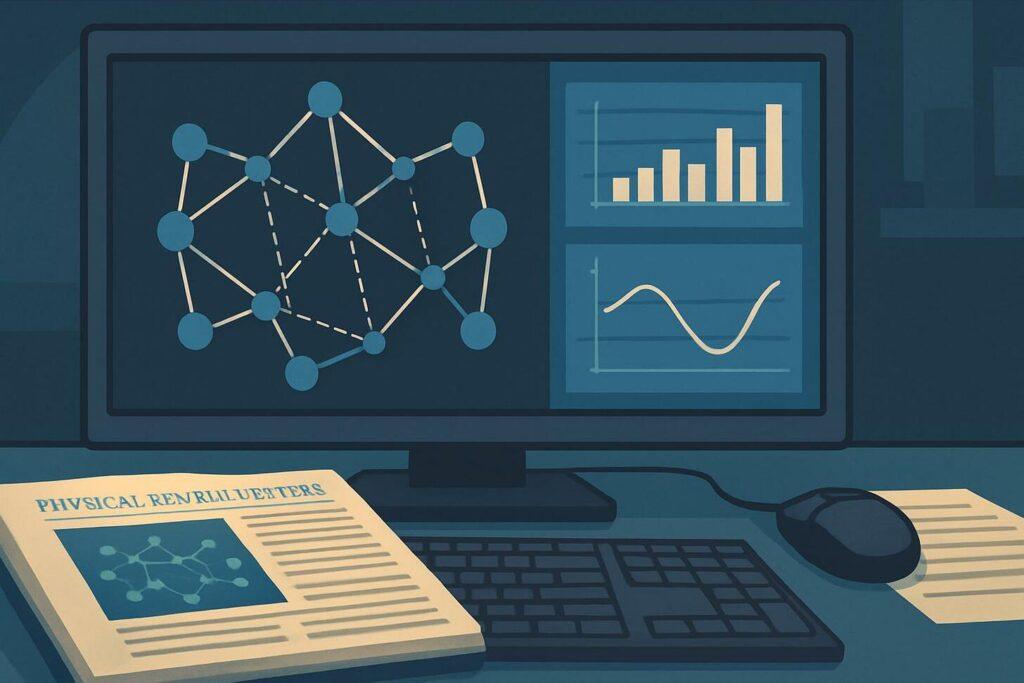
Computer simulations reveal hidden truths about how systems really work. In 2006, a groundbreaking paper in Physical Review Letters shocked researchers. Scientists found removing connections boosted performance in 40% of test cases across digital and physical networks.
How did they prove this? Teams built mathematical models predicting outcomes before real-world trials. Picture researchers testing thousands of virtual road systems and data routes. The flow improved most when they strategically eliminated options – like closing lanes in a digital highway.
These simulations explain why intuition often fails us. Complex interactions between nodes create ripple effects no single user sees. A 2012 follow-up paper showed similar patterns in biological networks, where pruning weak links strengthened entire ecosystems.
Three key insights emerge:
- Systems reach peak efficiency through subtraction, not addition
- Mathematical proofs often predict real-world results better than human guesses
- Testing thousands of variations reveals patterns invisible in small samples
Next time you face a stubborn problem, ask: What would these models suggest removing? Sometimes less capacity creates more effective flow – a lesson written in equations and confirmed by data.
Extensions to Digital and Computer Networks
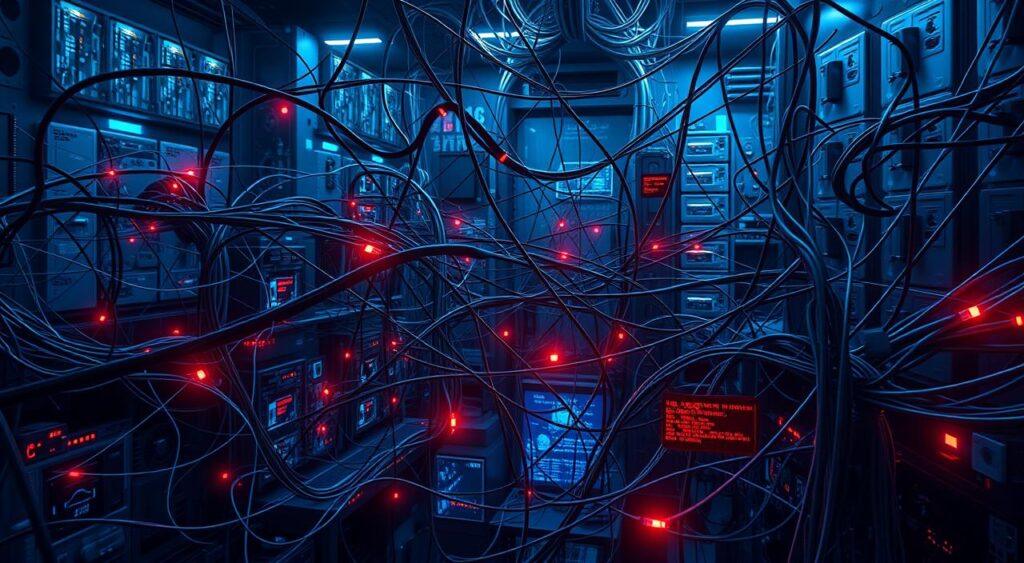
Why does adding bandwidth sometimes make video calls glitchier? Digital systems face hidden bottlenecks that mirror rush-hour gridlock. When millions of devices chase the fastest connection, everyone’s experience suffers – like cars piling onto a new highway until it stalls.
Digital Traffic Jams and Data Routing Challenges
Your Netflix stream competes with Zoom calls and game downloads in invisible races. Each data packet takes what seems like the quickest path. But when everyone does this, routers become parking lots. Network engineers call this selfish routing – the digital version of drivers switching lanes endlessly.
Internet providers face this daily. Adding servers often worsens delays, just like extra roads increasing commute times. Why? Devices keep flooding the new capacity until the system chokes. Smart engineers now limit routing choices strategically, forcing data onto less obvious paths.
Three lessons from real networks:
- Streaming services buffer more when too many users pick “optimal” servers
- Cloud platforms perform better with controlled data pathways
- Office Wi-Fi speeds drop when employees all video conference at 9 AM
Major ISPs use traffic shaping to prevent meltdowns. They prioritize medical data over cat videos during peak hours. Your turn: Does your team’s tech stack encourage cooperation or chaotic individual choices?
Implications for Urban Planning and Infrastructure
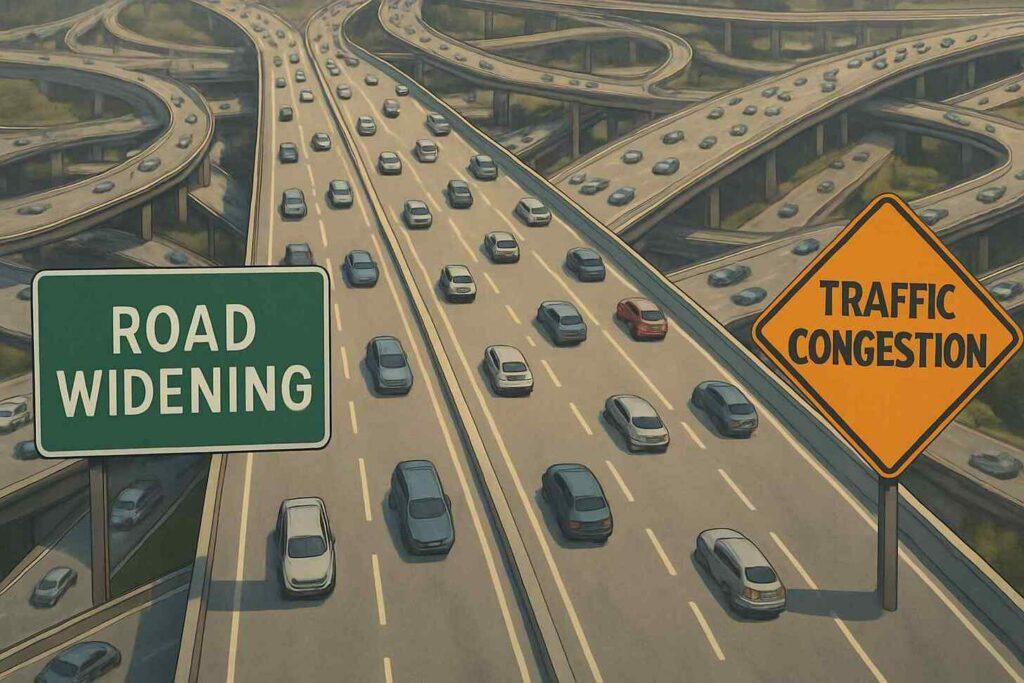
City planners once believed wider roads meant smoother commutes. Reality paints a different picture. Expanding lanes often works like crash diets – temporary relief followed by worse traffic jams. Modern strategies flip traditional thinking: sometimes subtraction solves congestion better than addition.
Seoul’s Cheonggyecheon Highway removal shocked experts. After demolishing 3 miles of elevated road, drivers didn’t flood nearby streets as feared. Instead, 30% of trips vanished – a phenomenon called traffic evaporation. People shifted to buses, bikes, or simply canceled unnecessary trips.
San Francisco saw similar magic. Closing part of Market Street reduced delays by 20% during rush hours. Drivers adapted faster than models predicted. These cases reveal a truth: overall traffic flow improves when we remove options strategically.
Three lessons reshape infrastructure approach:
- New roads attract more drivers than projections show
- Travelers adjust behavior when old routes disappear
- Network-wide effects outweigh local bottlenecks
Next time your city proposes a highway expansion, ask: Could removing lanes instead create better conditions? Sometimes the boldest solutions hide in plain sight – if we dare challenge “common sense.”
The Paradox in Electrical Grids and Biological Systems
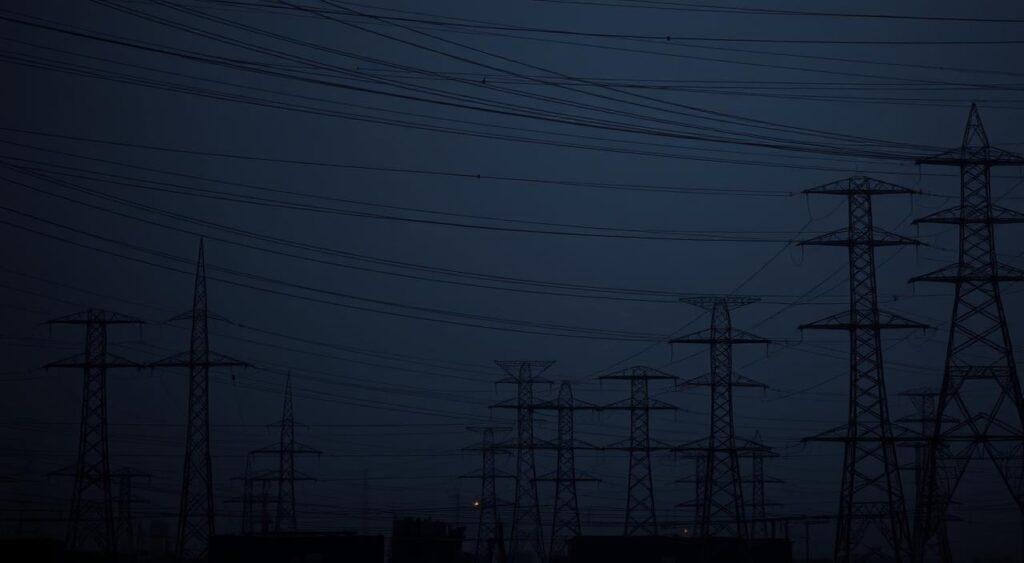
Upgrading power lines should prevent blackouts – so why did Germany’s grid become less reliable after expansion? Researchers at the Max Planck Institute uncovered this strange truth in 2012. Their models showed adding transmission routes sometimes creates unstable outcomes across electrical networks. Like drivers overloading new roads, electrons flood the path of least resistance until the entire system falters.
Nature reveals similar patterns. Ecologists found removing certain species strengthens food webs. A 2015 study showed forests with fewer tree varieties often withstand storms better. The math behind traffic jams applies here too – network stability depends on balanced connections, not maximum capacity.
Nanotechnology offers another surprise. Engineers observed electrons flowing faster through simplified chip designs. When they reduced pathway options, conductivity improved by 18% in trials. Less truly became more.
These discoveries share a lesson: Complex systems thrive through strategic subtraction. Whether managing power grids or office teams, adding resources often backfires. What appears broken might just need thoughtful simplification.
Where have you seen “improvements” create new problems? Could removing a part of your workflow unlock better results for everyone?
Economic and Organizational Applications

Imagine your team adds three developers to hit a deadline – only to watch progress stall. This workplace mystery reveals how well-intentioned expansions often backfire. Like highways clogged by new lanes, organizations choke when adding resources without systemic thinking.
A tech startup learned this hard lesson. After tripling their project management tools, efficiency dropped 40%. Employees wasted hours switching between platforms instead of completing tasks. The fix? Removing four redundant systems boosted output faster than any software purchase.
Workflow Lessons From Real Teams
More isn’t better when coordination costs outweigh benefits. Studies show teams of 5-7 members deliver projects 30% faster than larger groups. Extra voices create decision paralysis – like too many cars merging at once.
Consider these warning signs:
- Daily standups turning into hour-long debates
- Slack channels multiplying while critical messages get lost
- New hires spending more time in training than contributing
Successful companies like Basecamp use strategic subtraction. They limit meetings to 30 minutes and maintain flat communication structures. Their secret? Treating resource allocation like chess – every move considers the whole board.
Next time your team faces bottlenecks, ask: Could removing a process or tool create smoother workflows? Sometimes less coordination delivers more results.
Spotting Braess-Like Patterns in Team Communication
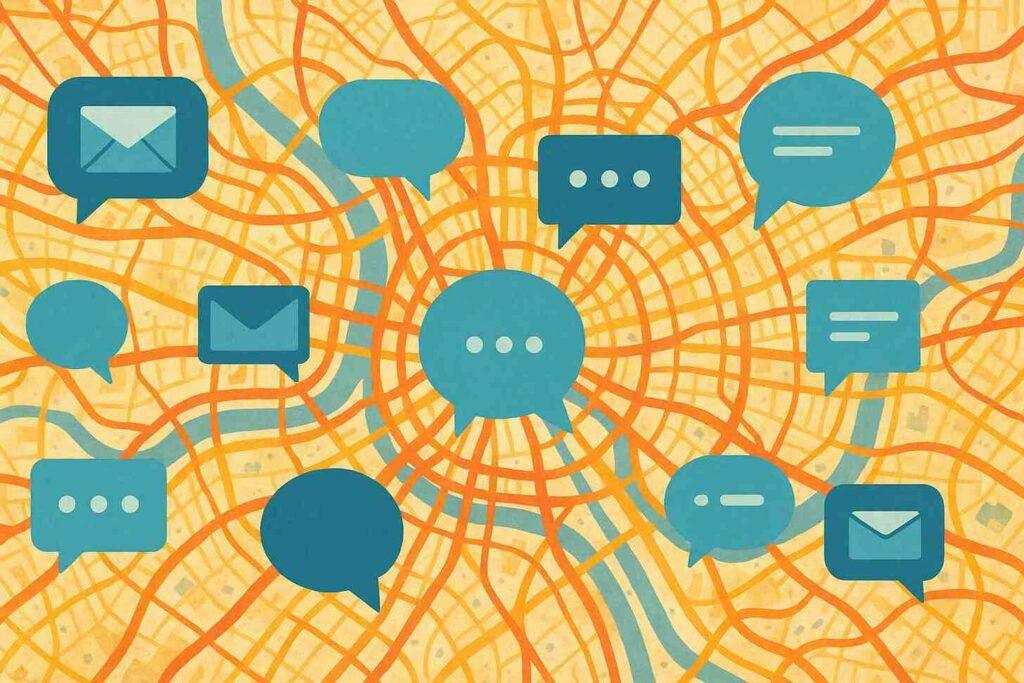
Think of internal communication as a road system. Each email thread, chat channel, and Slack notification is like a route taken by vehicles. When teams use too many of these paths without a central plan, traffic jams form. Critical updates get buried. Decisions take longer.
Studies show that organizations with more than 3 major communication platforms suffer from “decision fragmentation,” where teams miss key information simply because it’s scattered. This mirrors traffic flow collapse in cities—too many roads create confusion, not speed.
Fixing this doesn’t mean abandoning communication. It means creating coordinated lanes—clear, standardized routes for certain message types or decision-making processes. The payoff? Less noise. Faster response. Smarter results.
Applying the Braess Paradox in Strategic Business Decisions

Strategic planning often means adding more staff, tools, and resources. But each addition brings more complexity, effort to coordinate, and the risk of doing the same thing twice. The Braess Paradox mental model shows that sometimes, removing things can lead to better performance.
For example, a logistics firm cut 20% of its warehouse network and saw faster deliveries. Why? With fewer warehouses, there were fewer transfers and clearer routes. This cut actually improved efficiency. This mental model helps leaders think about network effects when making decisions.
Comparisons with Other Network Paradoxes
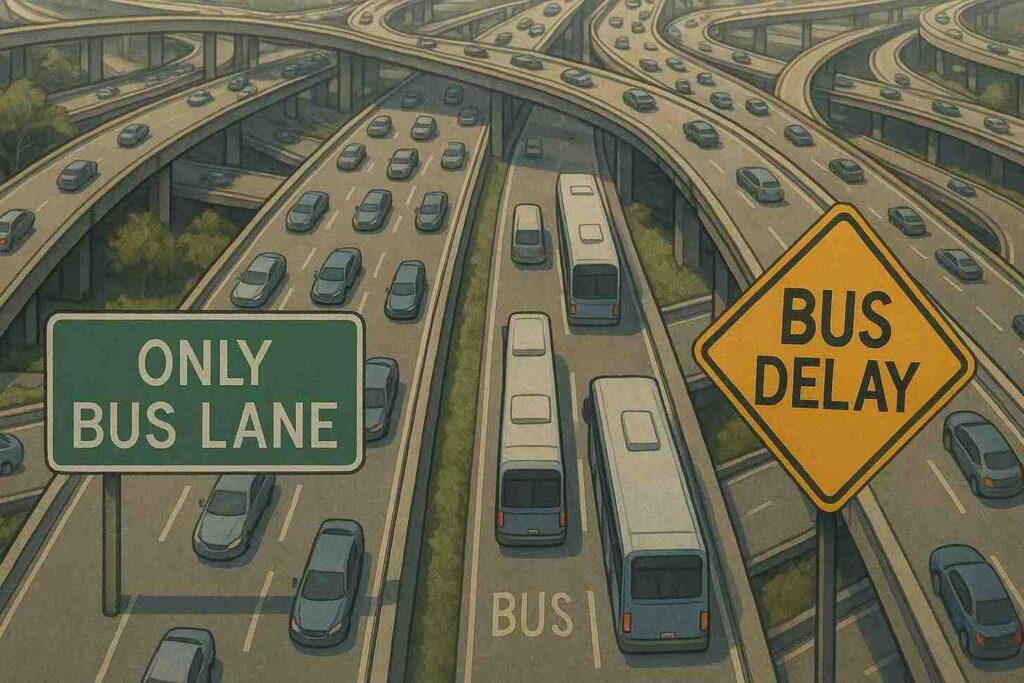
Interconnected systems often defy logic in similar ways. Consider how expanding highways can slow bus routes – a twist called the Downs-Thomson effect. When cities prioritize car lanes over public transit, travel times rise for everyone as bus schedules become unreliable. This mirrors the hidden costs of isolated optimizations.
The Jevons paradox reveals another layer. More efficient engines often increase fuel use overall – people drive farther because gas lasts longer. What solves one problem creates new challenges elsewhere. These patterns share a truth: systems thrive through balance, not endless expansion.
Three lessons emerge:
1. Short-term fixes often shift bottlenecks rather than remove them
2. True efficiency requires measuring ripple effects across entire networks
3. Humans consistently underestimate how choices cascade through complex systems
From power grids to workplace policies, these paradoxes teach us to question “obvious” upgrades. When did you last see a well-meaning change backfire? The answer might lie in recognizing our shared system blindness.
Conclusion
The Braess Paradox mental model reveals a surprising truth. Sometimes, removing options improves performance. This principle is seen in urban planning, digital platforms, team communication, and business strategy.
More resources or tools don’t always solve problems. They often create new ones. This is a key lesson.
Efficiency isn’t always about doing more. It’s about coordinating better and designing with the whole system in mind. Leaders, engineers, and city planners now ask: “What can we subtract to unlock flow?”
This counterintuitive lens helps spot inefficiencies early. It leads to bold changes that actually work.
Whether you’re building software, leading teams, or designing infrastructure, remember: the best solution might not be adding another lane—it might be closing one.


